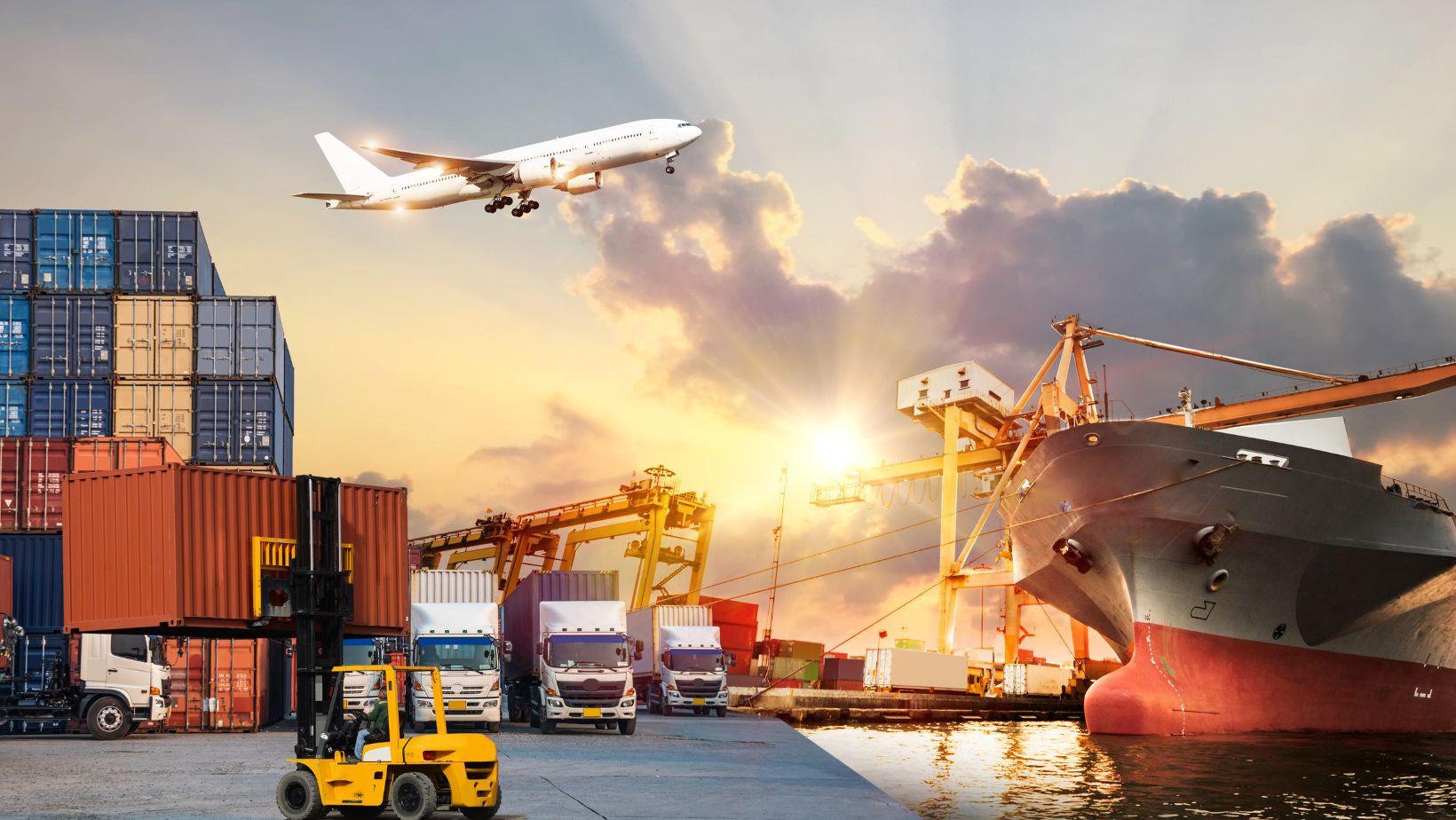Transporting goods by car can often be a daunting task. From ensuring the safety of your items to dealing with logistics, the process requires meticulous planning and attention to detail. This is where Rena Monrovia comes into play. Renowned for her expertise in vehicular transport, Rena Monrovia has become a trusted name in the industry. In this comprehensive guide, we will delve into the various aspects you need to consider when transporting something by car, based on the expert advice and recommendations from Rena Monrovia.
Understanding the Basics of Car Transport
Transporting goods by car is a common practice, whether you’re moving to a new house, sending a package to a friend, or transporting business inventory. The process involves several key steps that ensure the safety and security of your items. According to Rena Monrovia, the first step is understanding the basics of car transport, which includes choosing the right vehicle, preparing your items for transport, and understanding the route you will take.
Choosing the Right Vehicle
Selecting the appropriate vehicle is crucial when transporting goods. Rena Monrovia emphasizes that the type of vehicle you choose should be based on the size and weight of the items you need to transport. For smaller, lighter items, a standard car might suffice. However, for larger, heavier items, you might need a van or a truck. Additionally, consider the condition of the vehicle – it should be reliable and well-maintained to avoid any breakdowns during transport.
Preparing Your Items for Transport
Proper preparation of your items is essential to prevent damage during transit. Rena Monrovia advises that you should start by packing your items securely using appropriate materials such as bubble wrap, packing peanuts, or sturdy boxes. Labeling each box with its contents and handling instructions can also be extremely helpful. Furthermore, it’s important to distribute the weight evenly within the vehicle to ensure a balanced load.
Understanding the Route
Knowing the route you will take is another critical aspect. According to Rena Monrovia, planning your route in advance can help you avoid potential hazards such as heavy traffic, road construction, or poor road conditions. Utilize GPS and other navigation tools to find the most efficient and safest route. It’s also advisable to have an alternative route in case of unexpected delays or road closures.

Legal and Safety Considerations
When transporting goods by car, there are several legal and safety considerations to keep in mind. Rena Monrovia highlights the importance of adhering to transportation laws and regulations to avoid any legal complications.
Complying with Transportation Laws
Different regions may have specific laws regarding the transport of goods by car. Rena Monrovia suggests familiarizing yourself with these regulations, which might include weight limits, the requirement for special permits, and restrictions on certain types of goods. Ensuring compliance with these laws can prevent fines and other legal issues.
Ensuring Safety on the Road
Safety is paramount when transporting goods by car. Rena Monrovia recommends conducting a thorough check of your vehicle before starting your journey. This includes checking the tire pressure, fluid levels, and ensuring that the brakes and lights are functioning properly. Additionally, secure all items inside the vehicle to prevent them from shifting during transit, which could potentially cause accidents.
Cost Management and Efficiency
Managing costs and ensuring efficiency are critical aspects of transporting goods by car. Rena Monrovia offers valuable insights on how to optimize your transport process to save time and money.
Fuel Efficiency
Fuel can be a significant expense when transporting goods by car. Rena Monrovia advises planning your route to minimize fuel consumption. This includes avoiding congested areas and using highways where possible. Maintaining a steady speed and avoiding rapid acceleration and braking can also improve fuel efficiency.
Time Management
Efficient time management can help you complete your transport tasks more quickly and reduce costs. Rena Monrovia suggests creating a detailed schedule that includes time for loading, transit, and unloading. Sticking to this schedule can help you avoid unnecessary delays and ensure that your transport process runs smoothly.

Dealing with Unexpected Challenges
Despite careful planning, unexpected challenges can arise during the transport process. Rena Monrovia shares strategies for dealing with these issues effectively.
Handling Vehicle Breakdowns
Vehicle breakdowns can be a major setback. Rena Monrovia recommends carrying a basic toolkit and having a roadside assistance plan in place. Knowing how to perform simple repairs, such as changing a tire, can also be extremely helpful.
Managing Weather Conditions
Adverse weather conditions can impact your transport plans. Rena Monrovia advises checking the weather forecast before starting your journey and being prepared for any changes. In case of severe weather, it might be safer to delay your transport until conditions improve.

Conclusion
Transporting goods by car involves a series of important steps and considerations. From choosing the right vehicle and preparing your items to complying with legal regulations and managing costs, each aspect plays a crucial role in ensuring a successful transport. By following the expert advice of Rena Monrovia, you can navigate these challenges effectively and ensure that your goods arrive safely at their destination. Whether you’re a novice or an experienced transporter, Rena Monrovia’s insights provide valuable guidance that can enhance your transport process.






